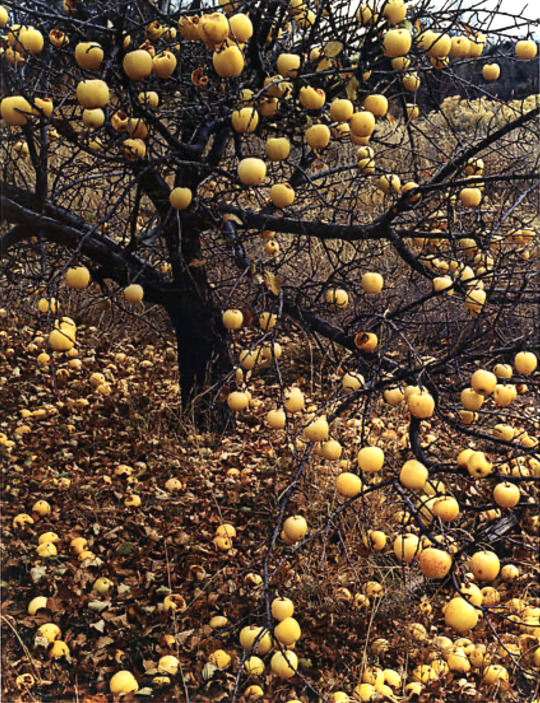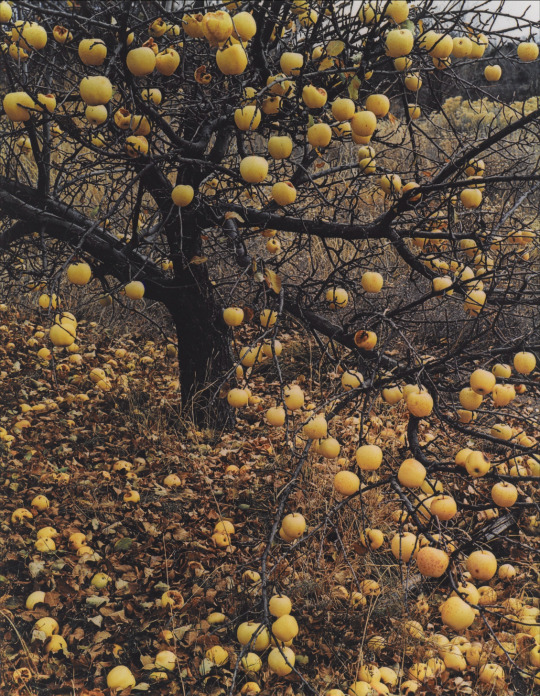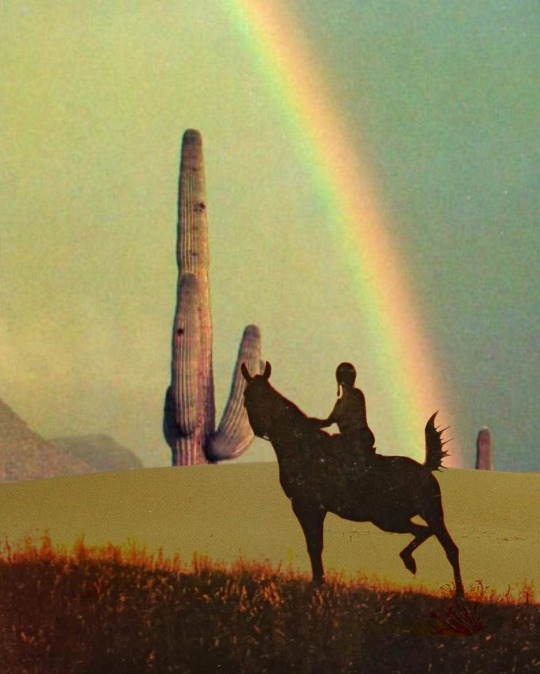#tesuque
Explore tagged Tumblr posts
Text

Frostbitten apples, Tesuque, New Mexico, 1966 - by Eliot Porter (1901 - 1990), American
101 notes
·
View notes
Text

El Nido, Tesuque, New Mexico
Photographer: Bobby Berg [?] Date: ca. 1940 Negative Number: 137220
132 notes
·
View notes
Text

Eliot Porter - Apples on Tree After Frost, Tesuque, New Mexico (1966)
30 notes
·
View notes
Text

4 notes
·
View notes
Text

Camel Rock, NM
4 notes
·
View notes
Photo
Unknown Photographer

Two Tesuque Buffalo Dancers, 1925.
137 notes
·
View notes
Photo

Apples on Tree After Frost, Tesuque, New Mexico, Eliot Porter, November 21, 1966 ..
3K notes
·
View notes
Photo

Eliot Porter (American,1901-1990)
Window with Amaryllis, Tesuque, New Mexico, January 26, 1964
dye transfer print
262 notes
·
View notes
Text

Tesuque | HHEININGE | “According to the Navajo, only the Creator knows where the beginning is. The Creator had a thought that created Light in the East. Then the thought went South to create Water, West to create Air, and North to create Pollen from emptiness. This Pollen became Earth.
Light, air, water, and earth are contained in everything within nature, and all of the natural world is interconnected and equal. All of these elements mixed together, and the first thing created were the Holy People.
Centuries ago the Holy People, who were already here, taught the Dine how to live in harmony with Mother Earth, Father Sky, and the other elements: man, animals, plants, and insects. The Holy People taught the Dine important ceremonies to maintain the balance; when the ceremonies cease, the world will cease.”
#collage#art#heather heininge#landscape#female artists#surrealism#nature#dream#collage art#magic#vintage#film#ethereal#pop surrealism#photography#mixed media#navajo#hheininge#rainbow#desert#arizona#beauty#native american#digital illustration#digital art#digital collage#women#minimal#southwest#retro
97 notes
·
View notes
Text

“Baking bread, Pueblo of Tesuque, New Mexico” c.unknown
15 notes
·
View notes
Text

Tesuque, New Mexico
May 29, 2016
4 notes
·
View notes
Text

Danseurs Tesuque Buffalo par Edward S. Curtis, 1925.
3 notes
·
View notes
Text
“Pueblo” is the Spanish word for village. Spanish explorers used the word “pueblo” to describe both the permanent residential structures and the people living in these communities throughout the middle Rio Grande Valley.


There are 6 Pueblo communities within 30 miles of Sante Fe. Many are supposed to be a mix of old and new. Our goal was to try and find some of the original adobe structures. We decided to follow Frommer’s Guide to the Northern Pueblos of New Mexico. Turned out to be a “Wild Pueblo Hunt”!
First one Tesuque we never did find. We did drive through the small town of Tesuque. Second one Pojoaque, we passed on as Frommer’s said there wasn’t much there to see.



Our third attempt was the San Ildefonso Pueblo, we did find the community but were uncertain what was new and what was old. The top photo appears to be one of the original buildings. The visitor center was closed so we took a quick spin around as you are not to take photos without permission.


Fourth Pueblo, we may have hit the jackpot this time! Ohkay Owingeh (San Juan Pueblo)
Saint John the Baptist Church sits across the road from the Our Lady of Lourdes Shrine built in 1889. The Shrine is in honour of the statue in front of the church. It is also only one of 19 buildings in the country built entirely out of lava rock.

The San Juan Pueblo community is behind the Shrine but we did not want to intrude. As far as we can tell this is a “kiva”, beside the Shrine, rooms under ground that the men of community would use for meetings and rituals.
2 notes
·
View notes


